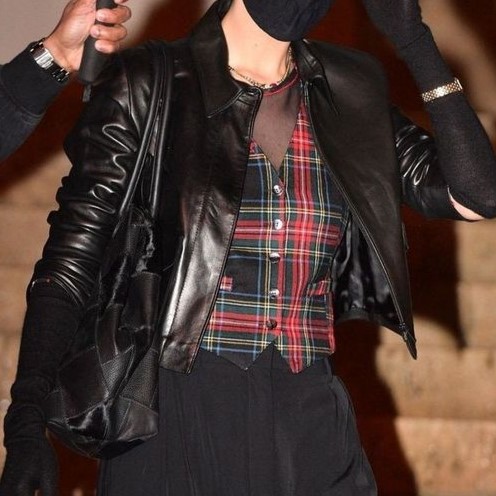Upon reflecting through my calendar this past week, I came across a holiday I wasn’t quite aware of, Tartan Day. Which sparked an obvious interest of mine after seeing it wasn’t celebrated in Scotland, but Canada. On April 6th, in Canada (and US in from 1996) Tartan Day is commenced and is a heartfelt celebration that pays homage to Scottish heritage and the enduring textile, tartan. Stemming from a heartfelt tribute to the Scottish Declaration of Independence, signed on April 6th, 1320, Tartan Day has metamorphosed into a jubilant festivity honouring Scottish culture and the profound contributions of Scottish immigrants to Canadian society. It serves as a beautiful reminder of the bond between Canada and Scotland,
At the core of Tartan Day lies the textile design of tartan itself— a radiant emblem of Scottish identity and pride. Tartan captivates with its distinctive crisscross pattern of intersecting horizontal and vertical stripes, crafting a mosaic of timeless elegance. Typically associated with Scottish culture, tartan is often woven from wool and can also be made from other materials like cotton or synthetic fibres. Each tartan pattern, a unique symphony of colour, stripe width, and arrangement, narrates the heritage and legacy of the clan or family it adorns. This intricate design has etched itself into the very fabric of Scotland, evoking visions of the untamed Highlands, verdant glens, and regal citadels.

The history of tartan is a saga as rich and captivating as the fabric itself, tracing its origins back to the ancient clans of Scotland. Initially serving as a hallmark of clan allegiance, tartan patterns were meticulously crafted by skilled artisans on handlooms, utilising locally sourced wool and natural dyes. Over time, tartan metamorphosed from a mere symbol of lineage to an emblematic cultural icon, revered by Scots across the globe for its enduring beauty and artisanal craftsmanship.
In the world of fashion, tartan has left a lasting impression, inspiring designers to incorporate its classic motifs into their collections. One such designer is Alexander McQueen, whose avant-garde creations often featured tartan in unexpected ways. McQueen’s tartan designs, with their bold silhouettes, intricate details, and dramatic flair, captured the imagination of fashion enthusiasts worldwide, cementing his reputation as a visionary designer. Another designer who has embraced tartan is Vivienne Westwood, whose punk-inspired collections revolutionized the fashion industry in the 1970s.

As many recognise and celebrate Tartan Day in Canada and US, let us pay homage to the textile design of tartan as an emblem of tradition, artistry, and cultural heritage. Let us extend our deepest gratitude to the gifted weavers and artisans who have lovingly preserved this timeless craft, ensuring that tartan remains an everlasting symbol of Scottish identity for generations to come. And let us embrace tartan not merely as a design, but as a vibrant celebration of diversity, unity, and the enduring spirit of Scotland, forever woven into the fabric of Canadian culture.

